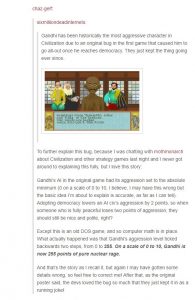I have always been fascinated with fashion and how it relates to its time. So when I saw the ‘Wearing Propaganda’ book, I was intrigued. The book contained lots of useful pictures and different types of references to the different propaganda fashion in the UK, Japan and the United States. I found this interesting because all these countries listed had their own propaganda. It shows how even at this time, (1921-1949) fashion was increasingly becoming a very important symbol, especially for women at the time; and being accepted for the advertisement of political propaganda.
Atkins, J.M.A., and Dower J.W.D (2005) Wearing Propaganda: Textiles on the Home Front in Japan, Britain, and the United States, 1931-1945. New York: Yale University Press
I wanted to consider more detail about propaganda and found this very interesting website about Propaganda Scarves. What really interested me was the fact these scarves were produced during WWII depicting ‘militaristic iconography, patriotic flags and maps’ and then sold to profit the war effort. It was very fascinating to know that something a trivial as selling scarves could help the war effort, and it showed every means of raising money was accepted. Paired with the fact the prints took a much needed ‘jolly’ twist on the what was a gruesome war.
Alfiesantiques (2014) Propaganda Scarves. Available From: http://alfiesantiques.blogspot.co.uk/2014/01/propaganda-scarves.html [Accessed 24 January 2014]
Finally, I found this newspaper article about the famous ‘Women Also Serve’, which was a political milestone for the acceptance as women as capable workers. And how the efforts of women helped drive the war to success. The article explains simple things that women could do to help the efforts, including something as simple as mending soldier’s clothes.
The Australian Women’s Weekly (1939) Women Also Serve. The Australian Women’s Weekly, 30 December, 30-31.










